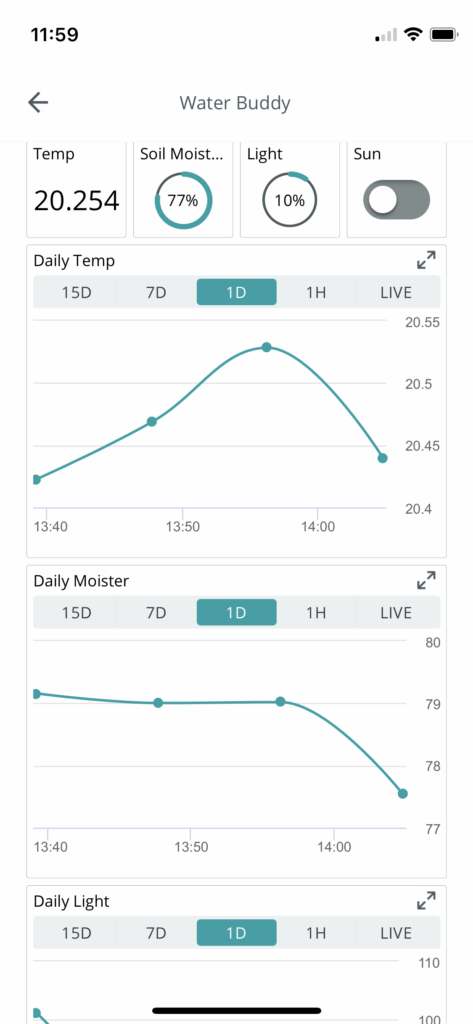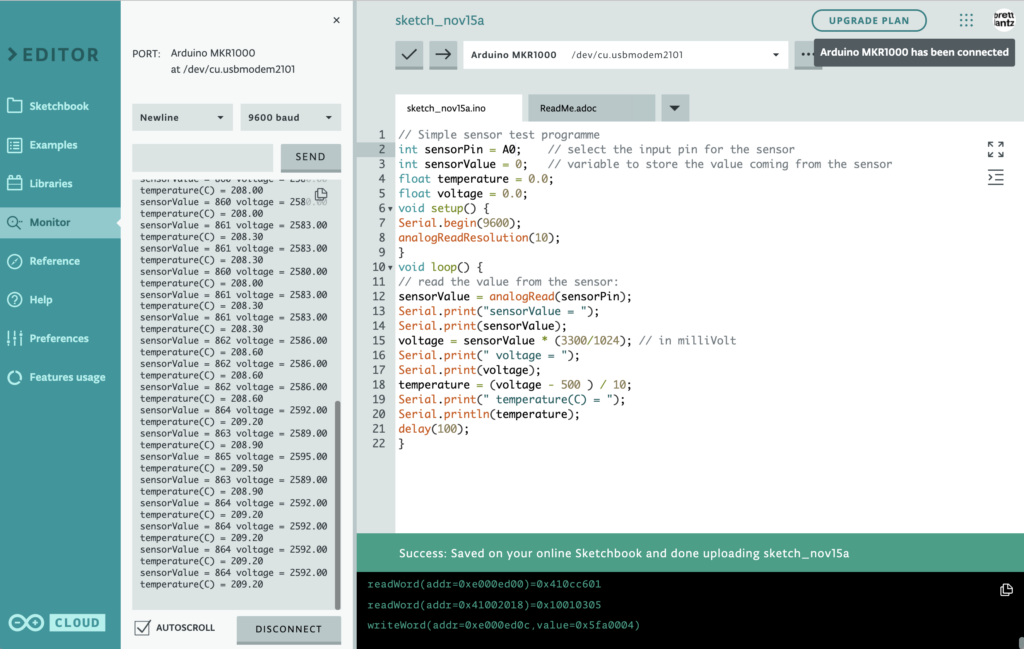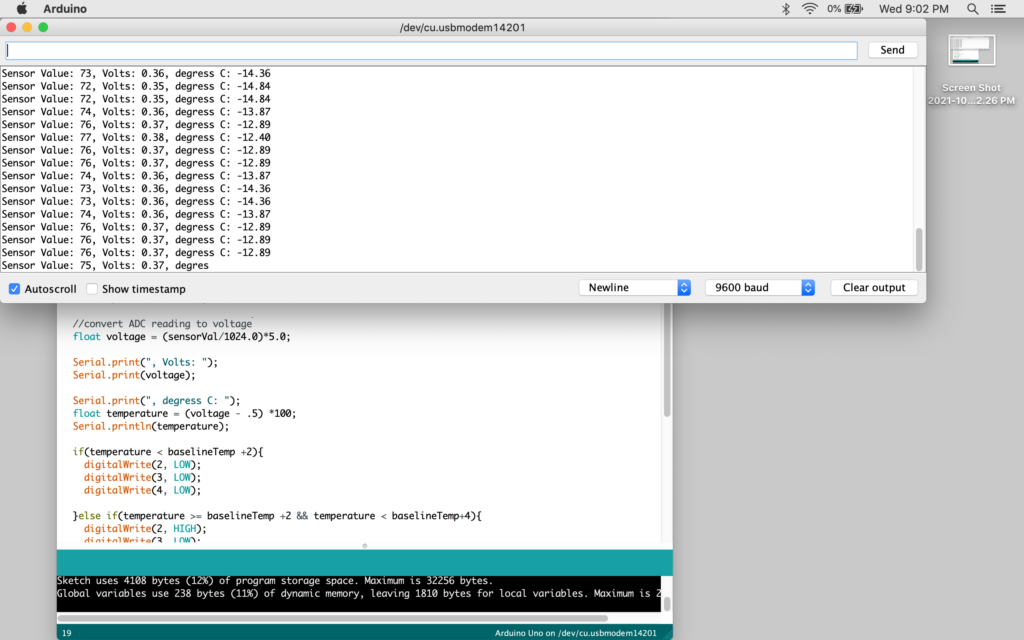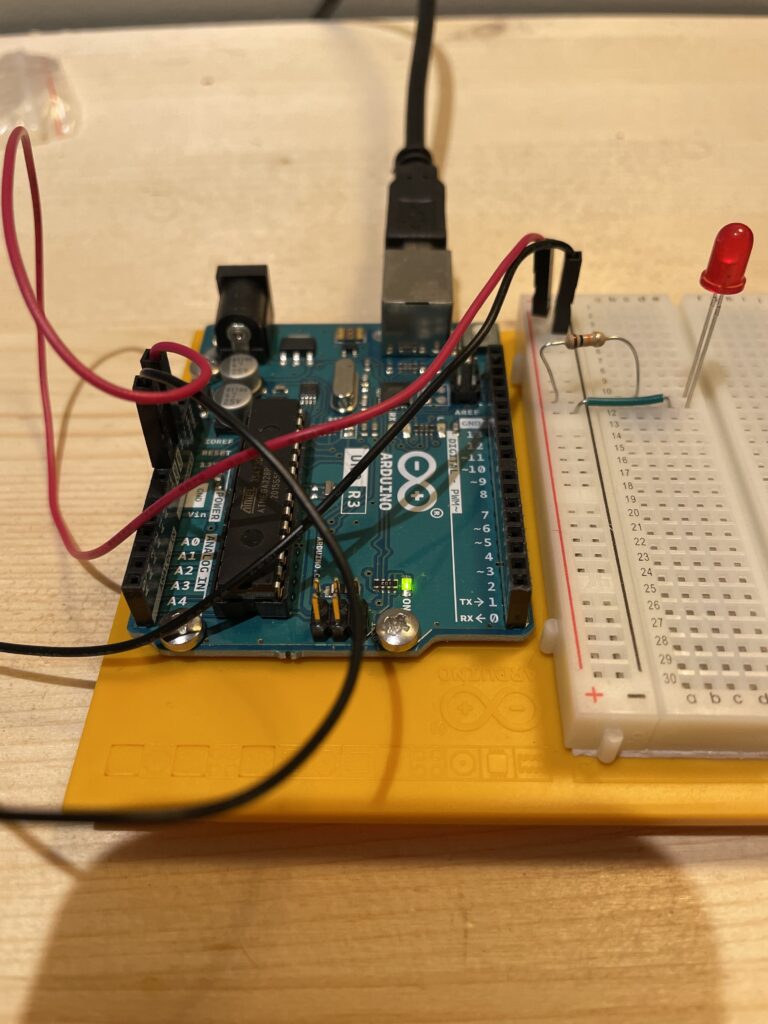It’s finally done and works great! I was able to get my Arduino IOT account working and operational. I was even able to get the IOT app and control/ monitor my Arduino garden remotely!
I had Ross Prevost from Esquimalt High help me create a Gary Oak planter box which is was a great help. The Gary Oak really compliments the Camas that I have planted in the one compartment. This relationship is massively significant to the indigenous people of Vancouver Island and creates a great link to that curriculum.
Overall the project was a lot of work, but really cool to see it working! I’m not sure how much I actually learned about electricity, but I learned a lot about woodworking, coding, and planting!











